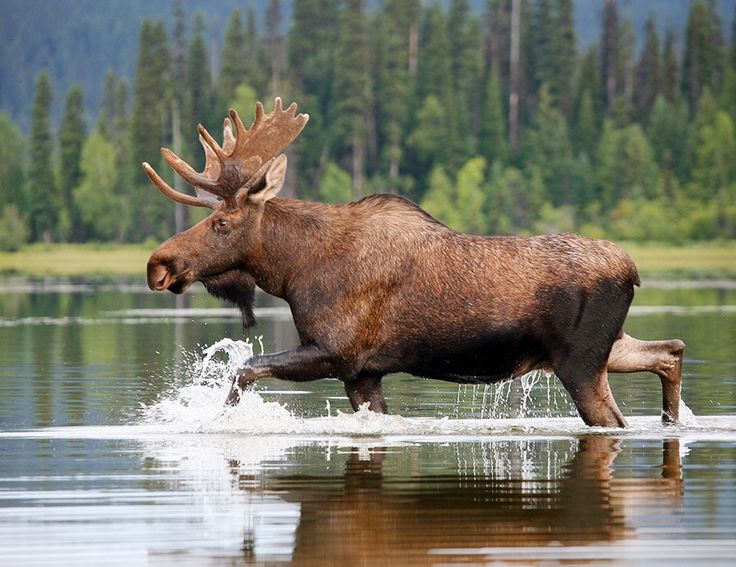FIRST FAWN OF THE YEAR
Last week I received pictures (posted here) of the first fawn spotted this year that I know of from my friend Steve. One picture surprised me because mama and baby were by a road and the fawn was not hidden as they usually are. Steve said, as he watched them, the fawn could hardly walk up a hill. Knowing fawns can stand and nurse within a half hour of being born, this tells us the baby wasn’t over an hour old. More on that below.
Fawns a re born in May/June after a doe goes through a 6-to-8-month gestation period. I don’t know if this is normal, but I’ve noticed the soon to be mothers (3 does) out of the group of deer on our property were more alert than the others. I also noticed the three does left the group and isolated themselves, which is normal behavior before giving birth. Most likely they are in the secluded areas (taller vegetation) of their birthing spot to or have already given birth. First time moms will have only one fawn while mature deer can produce twins and at times even triplets.
re born in May/June after a doe goes through a 6-to-8-month gestation period. I don’t know if this is normal, but I’ve noticed the soon to be mothers (3 does) out of the group of deer on our property were more alert than the others. I also noticed the three does left the group and isolated themselves, which is normal behavior before giving birth. Most likely they are in the secluded areas (taller vegetation) of their birthing spot to or have already given birth. First time moms will have only one fawn while mature deer can produce twins and at times even triplets.
When born, the doe will constantly clean the fawns to remove any afterbirth to minimize scent to avoid predators. The constant licking also stimulates the fawns breathing and circulation. The newborn fawns can weigh between four and eight pounds, are able to stand on their wobbly legs in 30 minutes and can walk within a few hours.
After three hours of being born, the doe will move the fawn from the birthing site and if the does have twins, will usually place them in different locations. With their color and spots, the fawns are basically hiding in plain sight, and this is where they will lay/sleep for their first few weeks. Mom will leave her babies alone but will always be within 100 yards and will return to nurse 2 to 3 times a day, but as the days pass that will increase to over 6 times a day.
Fawns will double their weight in two weeks and even though they are still nursing, mom will start teaching them what vegetation is best to nibble on after 3 weeks old. This light browsing on tender vegetation will continue as will nursing. By week five a fawn can be triple their birth weight and the 4 small (milk teeth) on their lower jaw are a little bigger now and they will start increasing their consumption of leaves, shrubs and twigs. The fawns will lose those first four teeth in 6 months, and their 32 permanent teeth will start coming in.
Now getting back to the little fawn pictures in this article that Steve sent me. As unusual as it looks, I would venture to say the doe might have been in the process of moving the fawn to a new location and baby wanted some mother’s milk. Other than that, I cannot think of another reason why they are in the open and so close to the road.
In the past, when does have had fawns on or near our property, we have always seen mama looking back into the woods as if she was checking on her babies. So, when we see OUR first fawns of the year, I will post their pictures.




